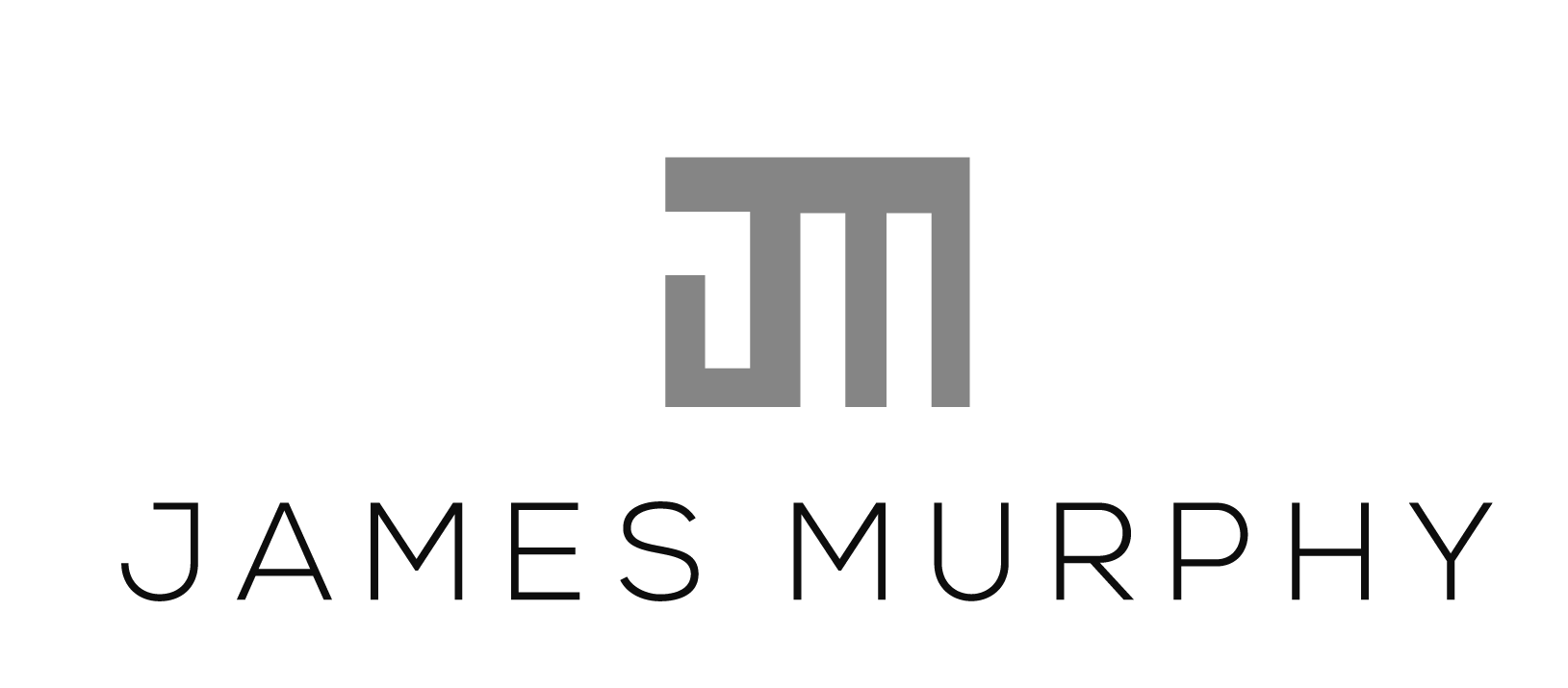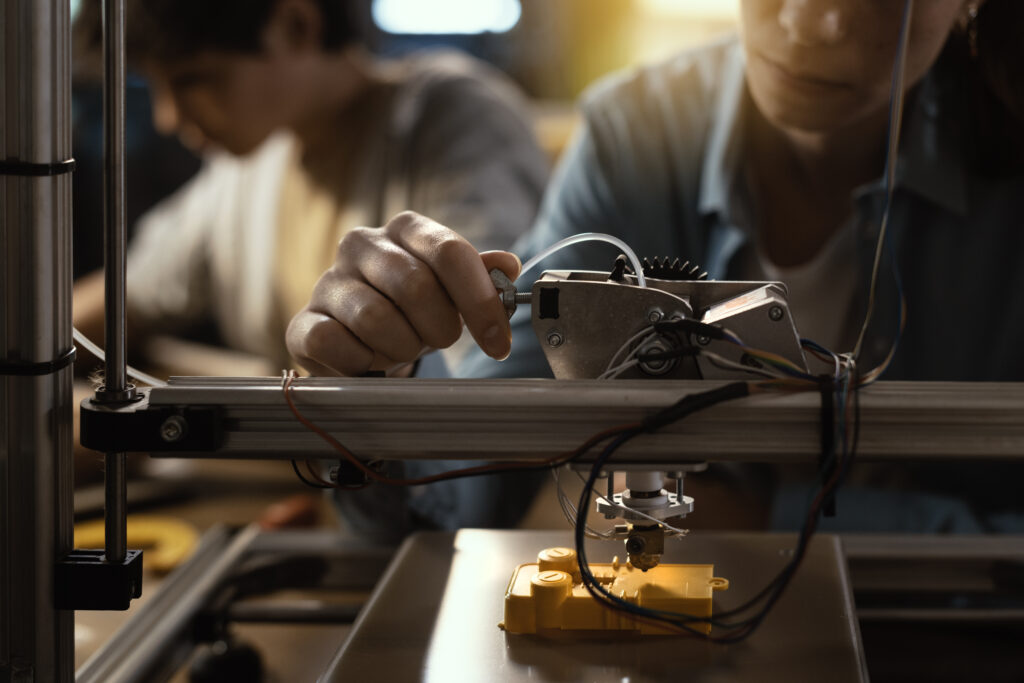Rapid prototyping benefits allow teams to innovate new products more efficiently. Develop better goods with less waste and shorter lead times when you use RP. Learn these advantages to charge ahead of the competition.
Rapid prototyping benefits are evident, especially for product developers and manufacturers. The advantages range from one project to the next. However, each team can improve existing designs or innovate new ones without as much wasted time, money, or materials.
This article will detail the benefits of rapid prototyping and discuss why it’s an essential step for many manufacturers. We will also explore each advantage closely and examine ways to enhance your experience with product development teams. Let’s get started.
Table of Contents
The Importance of Rapid Prototyping for Modern Manufacturing
Rapid Prototyping Applications
How Does Rapid Prototyping Improve a Product Design?
Rapid Prototyping Benefits for Product Developers and Manufacturers
#1. Decreased Design and Development Times
#3. Eliminated Processing Risk
#4. Streamlined Functionality Testing
BONUS: Invite Meaningful Collaboration
How to Take Advantage of Rapid Prototyping Benefits
Special Considerations About Rapid Prototyping Benefits
The Importance of Rapid Prototyping for Modern Manufacturing
Most modern manufacturers can’t deny the rapid prototyping benefits. The reason is that RP offers multiple boons to innovative product development goals. It helps teams build tangible representations of complex designs for examination, evaluation, or distribution.
“Each prototype level yields unique and valuable information.”
Including:
- Directions for creating the final product
- Data about potential design defects
- Insights on ISO standards compliance
- Feedback from consumers and investors
Rapid prototyping can also help reveal how the final design relates to overarching objectives. These digital modeling steps let experts see and interpret their products in real-time. Before mass manufacturing, they can analyze concepts, adjust materials, and watch performances.
DID YOU KNOW: Rapid prototyping allows product developers to test the usability of a product before production.
Rapid Prototyping Applications
How can you use rapid prototyping benefits to enhance product development? It depends on the application you choose.
“RP provides a fully customized approach to manufacturing.”
Determine your goals, and then create models based on how you want to use them. Here are some standard options:
- Visual – This choice helps you design for digital sharing and remote collaboration.
- Conceptual – This one demonstrates specific elements instead of the complete picture.
- Functional – This prototype shows investors and engineers how your product works.
- Pre-Production – This one helps teams understand the required manufacturing steps.
You can also use the various rapid prototyping benefits to create tailored production tools and make molds for other projects.
“Develop a proprietary inventory of items and implements for reproduction.”
This could help you corner an industry or become a leading supplier of specific goods.
Different rapid prototyping applications have different outcomes. Always discuss the options with your team to determine the best approach. Remember, RP is an investment in the quality of your brand.

We offer fast, high-quality, tailored PROTOTYPING solutions for leading companies in a wide range of industries.
superior Rapid PROTOTYPING
How Does Rapid Prototyping Improve a Product Design?
Rapid prototyping benefits include enhancing the user experience. The tailored process allows teams to evaluate and improve various ideas promptly. They can go in and change anything without tampering with the overall structure. Make waves, but don’t make waste.
The speediness of RP also helps product developers take charge of different industries. Teams can quickly create first-generation innovations and drive trends instead of following them. RP further improves product design and manufacturing by providing extra insights during the early stages. Brands become more efficient and quicker on their toes, and it shows.
Reduce the risk of rework and determine how consumers or investors will interact with several components. Choose different RP approaches to meet specific industry or company goals using varied prototype fidelities. Design interactive models or rudimentary representations depending on the objectives. Here are some more practical rapid prototyping benefits to consider:
- Excellent manufacturing increases consumer confidence.
- Products made with RP can help boost inventory profitability.
- Rapid prototyping reduces after-sales service costs and labor.
- RP can help teams predict the design life expectancy.
“Better product development means more reliable goods and services.”
It offers an opportunity unafforded to those using traditional techniques. Talk to your team for more information, and create a manufacturing strategy that includes rapid prototyping.
Rapid Prototyping Benefits for Product Developers and Manufacturers
Designing and developing new products can be tricky. There are multiple factors to consider and several ways to manufacture the goods. Meanwhile, savvy companies must follow a budget to ensure cost-effective outcomes. Many also want to eliminate risks and streamline their designs before distribution.
Fortunately, those are the primary rapid prototyping benefits for product developers and manufacturers. Let’s explore each one in more detail.
#1. Decreased Design and Development Times
Product designing requires tremendous collaboration and patience. It can also be costly, meaning most manufacturers don’t want to incur excess fees. Rapid prototyping helps teams innovate in less time, reducing the cost of labor and fabrication for many projects.
“Get more without spending more.”
The efficiency of RP means you can take your time on the finer details. This allows product developers to try new ideas and test revolutionary concepts while staying within the budget. They can quickly evaluate adjustments and return to default without starting over, generating scrap, or causing delays.
FACT: Some manufacturers charge extra for lengthy lead times and conventional or manual processing.
#2. Reduced Costs
Rapid prototyping benefits begin and end with the final bill. In other words, few product designers will celebrate being overcharged for RP services. However, using the latest manufacturing technologies can get expensive. Creating a prototype requires capital, but it’s much more affordable than the alternative.
High-efficiency rapid prototyping techniques can help reduce costs across multiple spectrums. Product designers enjoy affordable freedom during the early stages. Engineers take advantage of cost-effective methods during fabrication. Then investors can benefit from low-cost manufacturing approaches by delivering top-quality stuff to consumers at attractive prices.
FACT: Rapid prototyping costs depend on project requirements, materials, designs, and deadlines.
#3. Eliminated Processing Risk
Some designs are highly complex and can’t be simplified. Intricate product geometries can require delicate processing with potentially risky techniques. One of the primary rapid prototyping benefits is that it helps protect the safety of your team. Designers and engineers can collaborate back and forth without needing dangerous deeds.
RP also eliminates the risk of damaging essential components during testing or enhancements. You can zoom in on specific features and tinker with the performance before reinstalling them into the system. This allows for better ergonomics, easier compliance with industry standards, and boosted consumer confidence.
FACT: You can use rapid prototyping to reduce the risk of missing crucial opportunities in your industry.
#4. Streamlined Functionality Testing
Determine whether your design works under different circumstances. Test it in quasi-natural or natural environments to examine various aspects. Suppose you’re creating components for a car, for example.
“Rapid prototyping lets you ensure product practicality in the existing design without fudging the original or bending the rules.”
Industries such as automotive, aerospace, medical, and food production must comply with the strictest manufacturing standards. The tiniest mistake can cost a company millions in revenue and even more in reputation. Design better products by taking advantage of the many rapid prototyping benefits, including competent testing.
FACT: Many industries are required to produce positive test results before mass distribution.
#5. More Accurate Evaluations
Evaluating new products is crucial. You must know how the component will behave and need to determine whether it makes sense for your audience. Accurate evaluations are also standard when obtaining certifications for various industries.
“Use rapid prototyping to make your team look good, and your prospects look better.”
Precision is essential when designing products, especially for mass manufacturing or global distribution. RP can help eliminate the tiny variables that threaten standardization. This helps assembly lines function more efficiently with fewer stops for adjustments and recalibration. It can also encourage more innovation since teams know mistakes will get caught in the end.
FACT: Some engineers are afraid to try new things because of the high cost of repairs or replacements.
BONUS: Invite Meaningful Collaboration
One of the hidden rapid prototyping benefits is that it helps inspire more cooperation among teams, even those conflicted about the design or approach. RP uses many digital components and intelligent software programs to invite collaboration across multiple platforms. Create and share your ideas with global partners before initiating the manufacturing process.
This motivates investors and gets consumers more excited. Better collaboration can also help with marketing campaigns by providing visual tools for exploration and discussion. Get the news out faster with predictable and reliable services to prepare your products for their intended use.
FACT: Rapid prototyping benefits depend on how well you take advantage of them.

We offer fast, high-quality, tailored PROTOTYPING solutions for leading companies in a wide range of industries.
superior Rapid PROTOTYPING
How to Take Advantage of Rapid Prototyping Benefits
Rapid prototyping benefits are only available to those who reach out and grasp them. Many product developers still use traditional methods to create, test, evaluate, and improve their ideas. While the techniques work, they leave too much room for human error and accidental oversight. Visualization is critical because even the most talented teams can’t catch every detail.
Some data scientists utilize rapid prototyping benefits to visualize complex data sets quickly. That means RP is highly accurate when used correctly. Here are ten ways you can be sure of it:
- Approach Your Team with a Well-Planned Concept – Allow people to ask questions but be prepared to give answers.
- Determine the Goals of Your Projects – Discuss your most suitable outcome to create a strategy and see it through.
- Evaluate the Different Rapid Prototyping Approaches – Choose an RP method that can help you achieve goals the fastest.
- Decide on a Suitable Fidelity – Pick a purpose for your prototype but ensure the processing fits your budget and timeline.
- Start the Rapid Prototyping Process – Begin creating a prototype of your product using high-tech tools and expert guidance.
- Evaluate the Initial Outcomes – Look at what you made objectively to identify design flaws and fix them quickly.
- Adjust Your Techniques as Needed – Make the necessary changes based on your initial evaluation to improve the design.
- Reiterate Until You’re Satisfied – Continue creating prototypes until you develop products suitable for your industry.
- Check for Product ISO Compliance – Ensure your designs meet or exceed industry expectations by collaborating with an expert.
- Discuss Further Details with Your Team – Choose your next steps based on the required outcomes, budget limitations, and time restrictions.
Special Considerations About Rapid Prototyping Benefits
Get to know your design so you can clearly dictate concepts to your team. Let them offer suggestions and use the prototype as guidance. Work together to ensure the model fits its intended purpose and complies with all the necessary regulations. You can also create multiple prototypes to demonstrate functionality from different vantage points.
“Your investors might not want to see the same thing as your buyer.”
Varied prototype fidelities allow you to show specific details to a targeted audience. Withhold particular features while providing sneak peeks at others. One of the best rapid prototyping benefits is that the process puts you back in the driver’s seat.
Conclusion
The rapid prototyping benefits discussed in this article are expected but not promised. Each project involves different obstacles, challenges, and requirements. However, RP can help streamline product development and manufacturing in multiple ways. Outcomes generally depend on factors such as ISO standards, required materials, lead times, and design complexity.
Talk to your team for more information and to discuss the primary objectives. Or reach out to other product designers and manufacturers to evaluate the pros and cons. Then use advanced methodologies to maximize the budget in less time and without as many drafts.
 About the Author
About the Author
James Murphy is the founder and CEO of HLH Rapid – a hybrid CNC machine shop fusing Western service and quality with Eurasian industry influences for over 14 years. His advanced enterprise uncovers cost-effective rapid injection molding techniques to remain unmatched by industry competitors. Murphy’s full-service fabrication and manufacturing methods span six dedicated zones, from 3D printing and vacuum casting to sheet metal prototyping and project management. His expertise also includes high-efficiency machining within strict yet volatile markets.
Murphy earned an MBA after becoming inspired by his father’s hands-on craftsmanship. As a budding entrepreneur, he taught English and studied Chinese to pursue pioneering objectives. His groundbreaking approach helps build the future by providing well-rounded manufacturing services to innovative Western businesses. When he’s not offering upscale RP and CNC, James enjoys art-house movies, Thai boxing, and spending time with his growing family.
Visit HLHRapid.com for an instant quote on rapid prototyping services.


